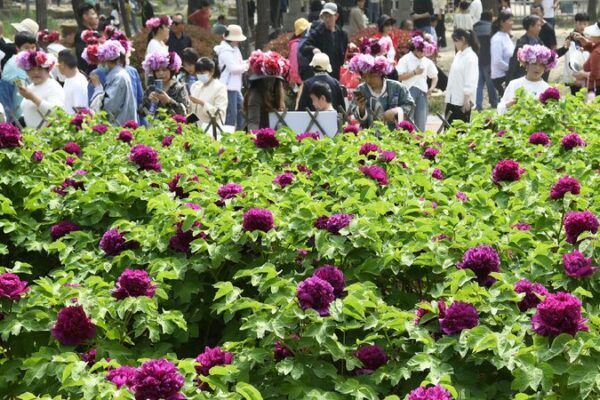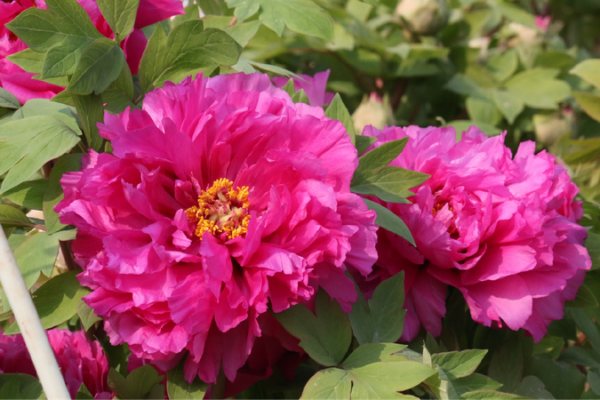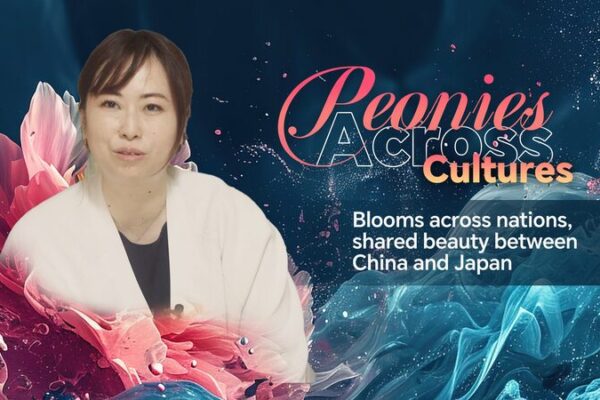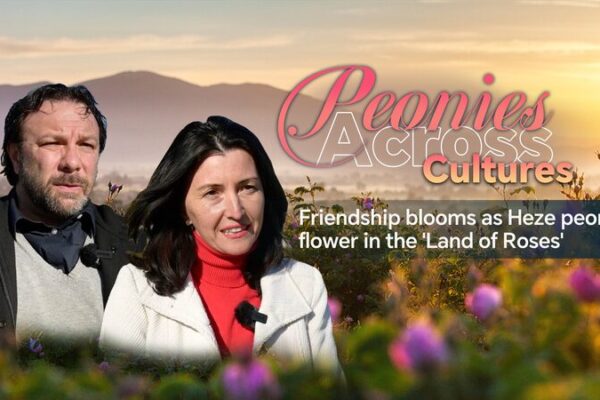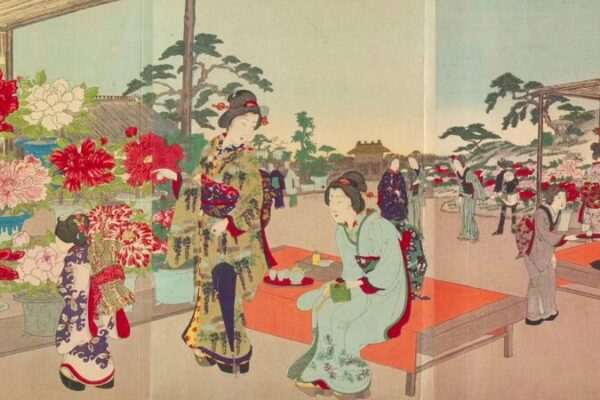The peony, celebrated as the “king of flowers” in China, is not only a symbol of cultural heritage but also a blossoming industry that’s boosting local economies and reaching global markets.
Every April, the vibrant cities of Heze in Shandong Province and Luoyang in Henan Province come alive with peony festivals. Tourists from near and far flock to these regions to witness the breathtaking bloom of peonies, fueling the local tourism sector and bringing communities together in celebration.
But the allure of peonies goes beyond their stunning beauty. The flowers have multifaceted uses: their roots possess medicinal properties, petals are brewed into aromatic teas, and seeds are pressed to produce valuable oil. This versatility has spurred the development of a wide range of peony-derived products.
In Heze, a principal hub for peony cultivation, millions of seedlings and over 260 types of products—from seed oil and tea to skincare items—are produced annually. These goods are not only popular domestically but are also exported to dozens of countries and regions worldwide, infusing fresh vitality into the local economy.
According to the Peony Industry Development Center of Heze, the total output value of the peony industry in the city reached 13 billion yuan (approximately $1.8 billion), creating more than 500,000 jobs in recent years. This flourishing industry demonstrates how a traditional symbol can drive modern economic growth and international trade.
The peony’s journey from Chinese gardens to global markets is a testament to the flower’s enduring appeal and the innovative efforts to share its beauty and benefits with the world. As the industry continues to bloom, it not only preserves a treasured cultural emblem but also sows seeds of prosperity both at home and abroad.
Reference(s):
How does the peony industry bloom around China and the world?
cgtn.com

